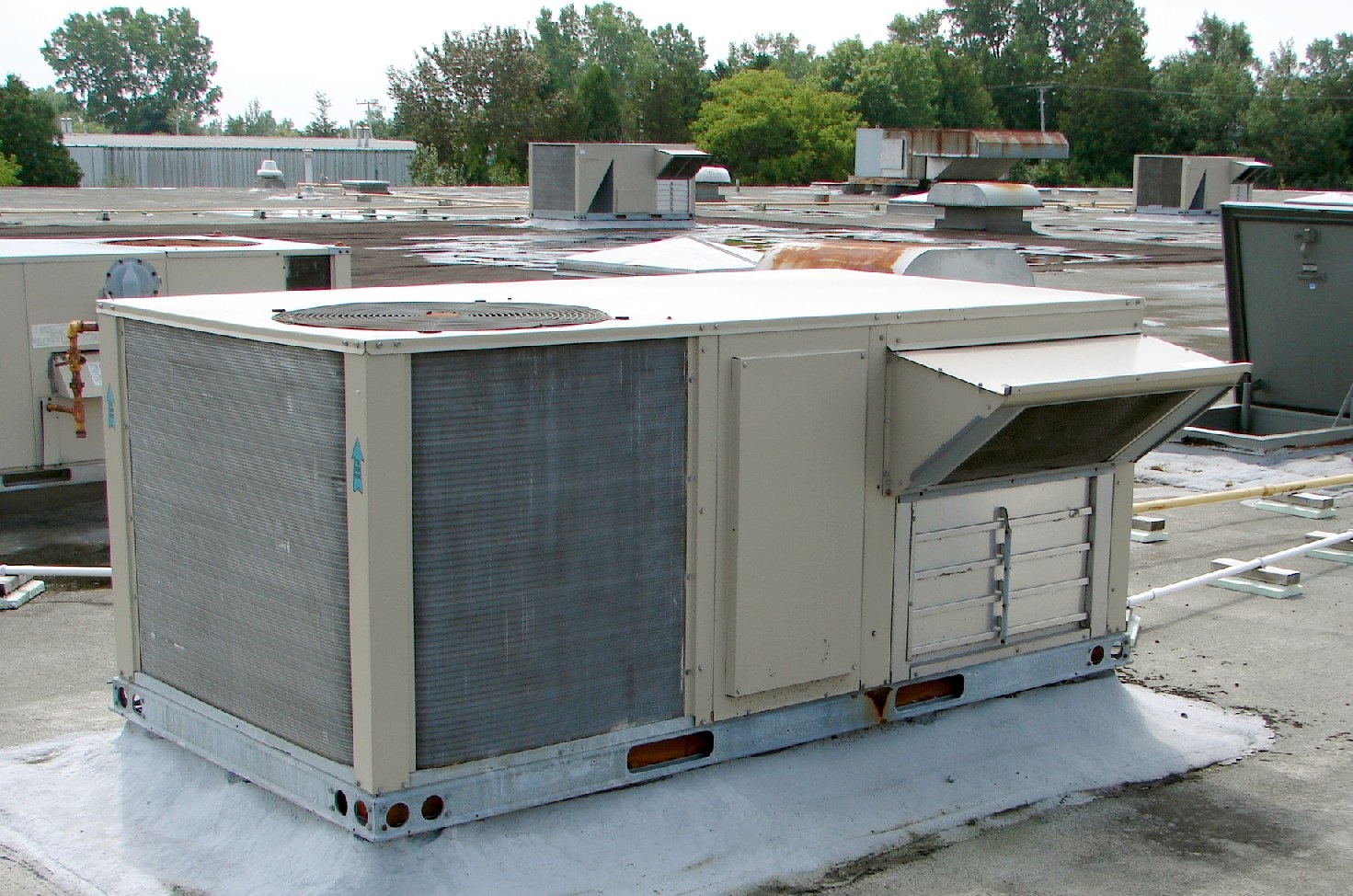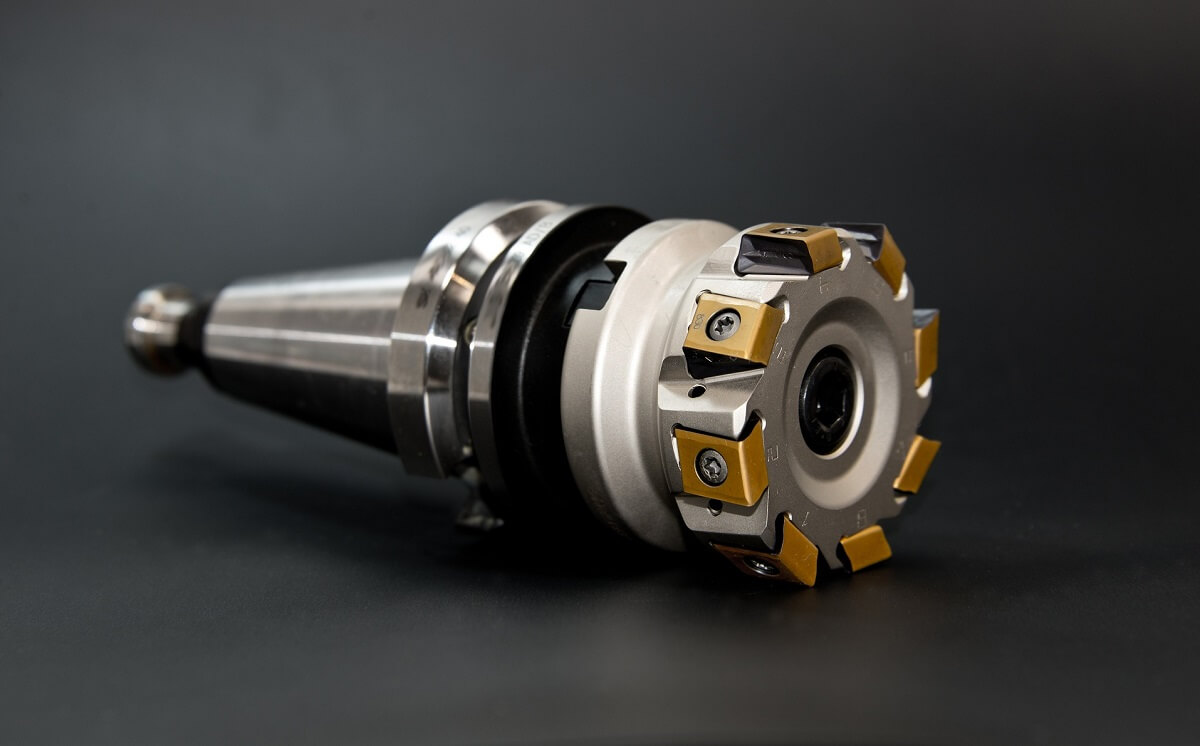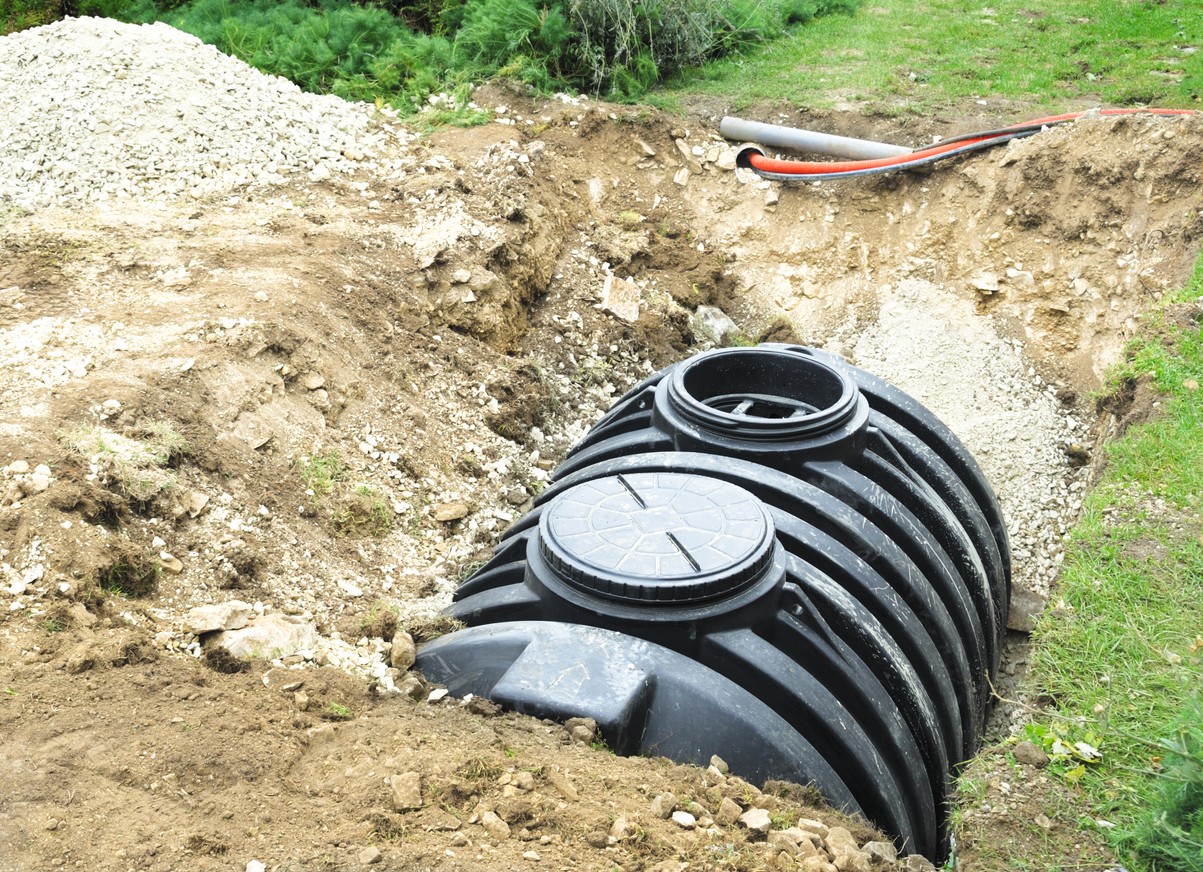The intensive pace of construction is impossible without the use of various equipment. On a construction site, no work is complete without a crane. With the help of a lifting mechanism, reinforced concrete elements are assembled, and bulk cargo is delivered. Let’s take a look at different Davit cranes and their uses.
The principle of operation of cranes
Industrial Equipment in the form of lifting equipment is used to move cargo in space. Hoisting cranes are used on construction sites and industrial plants.
The technological system contains the following main mechanisms:
supporting structure made of metal parts and steel ropes;
lifting tool (winch or hoist);
lifting device (bucket, hook, slings);
control levers.
The work of construction equipment consists of a number of operations: gripping, lifting, working stroke for moving materials to the place of storage or assembly work, idling for returning the equipment to the place of receiving the cargo. The movements of the cranes can be working (stroke) and installation (to change the position of the boom, crane).
By design, the crane is:
1. With a turntable. The structure consists of an all-welded frame and 3 beams and can be rotated 180-360°. The mechanism allows you to competently dispose of the workplace in conditions of a shortage of free space.
2. With a non-rotating platform. The crane does not have the ability to rotate the load relative to its base. The view includes a wall console and bridge equipment.
Cranes are classified according to their lifting capacity. The use of equipment is product dependent. The technique is capable of lifting from 1 to 3 tons of materials. The gripping mechanism has a lift of up to 5 m. Machines with an average carrying capacity are capable of moving up to 50 tons. The extendable boom lifts the load up to 25 meters. Stationary equipment lifts 250 tons.
The drive type is divided into:
manual;
electrical;
hydraulic;
pneumatic.
Overhead cranes
Overhead cranes are widely used in construction and industry. The lifting mechanism is suspended from a trolley, boom or hoist.
Magnetic lifting tools are used when working with metals such as sheets, shavings. Carrying capacity ranges from 5 to 40 tons.
Crane beam
The structure consists of a lifting mechanism, span and end beams. The girder crane is a kind of overhead crane. The lifting mechanism is able to move the load horizontally and vertically. They are used for loading and unloading operations in production and warehouses. They are used indoors or under awnings. The mechanism is compact, easy to maintain and install. Has sufficient lifting capacity.
Gantry cranes
The mechanism is in high demand in the conditions of large industrial production. It has a lifting capacity of up to 50 tons, a span of 10 to 40 meters.
The gantry crane provides maintenance of open construction sites and the installation of reinforced concrete structures. Used in shipbuilding, at railway stations, for moving heavy raw materials in the metallurgical industry.
Jib cranes
The jib crane is used in the construction of structures, houses and industrial buildings. Thanks to its mobility and good lifting capacity, the equipment solves numerous tasks.
Portable cranes
Portable Davit crane is used in the construction of berths and dams. Transportation is carried out on rails or pneumatic wheels. Various models of gantry cranes are capable of lifting up to 400 tons, with a boom up to 50 m.
Tower cranes
Tower cranes carry out the supply of structures and materials to any point in the room, covering the building under construction from all sides. The control is carried out from the cab, located at the head of the tower.
Crawler cranes
Crawler cranes are used on clay soil and off-road. Stability is ensured by the track support area. Manoeuvrability and the ability to climb up to 20° allow cranes to operate in road construction, installation of metal structures and in industrial construction.
Conclusion
The technique has many modifications. Parameters and characteristics of lifting mechanisms are taken into account in projects and technological maps. The lifting capacity depends on the model and type of device. When choosing equipment, you should assess the operating conditions, and determine the direct purpose of the crane.












Comments